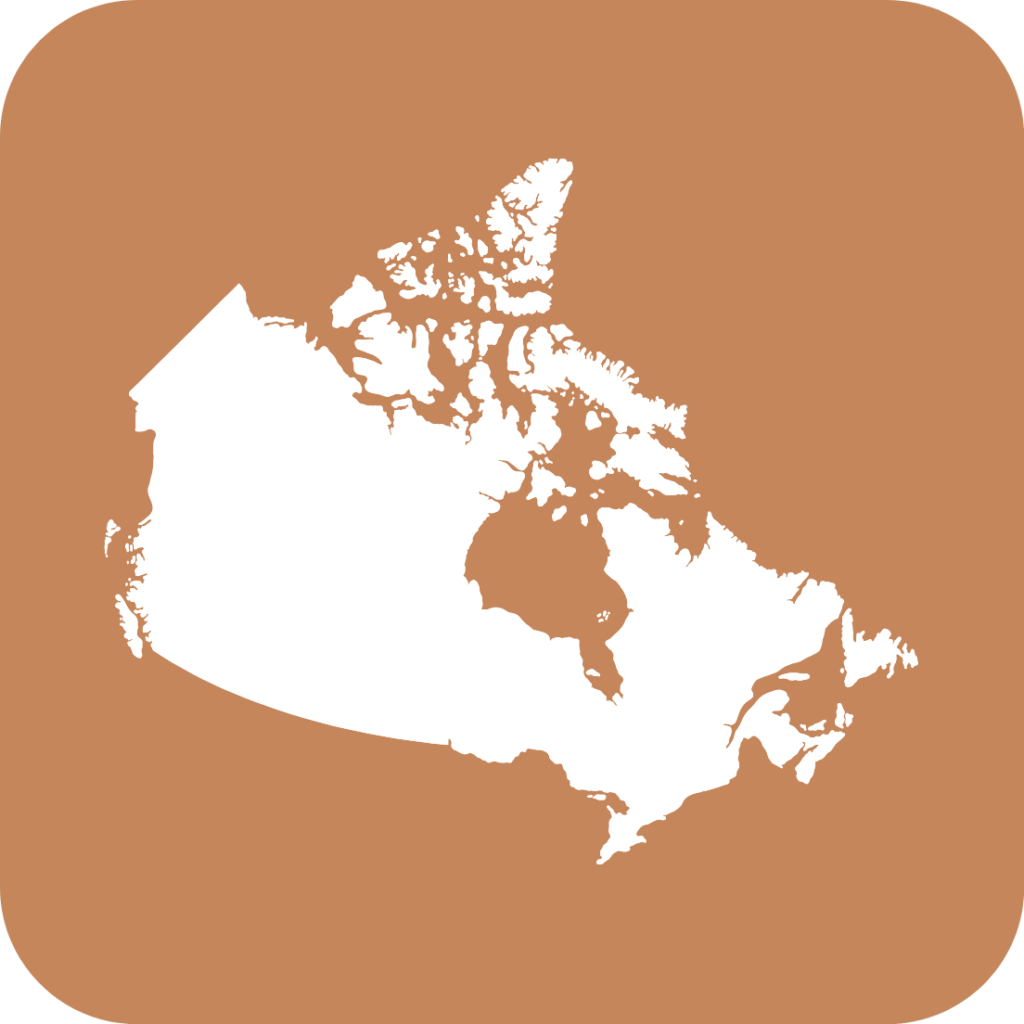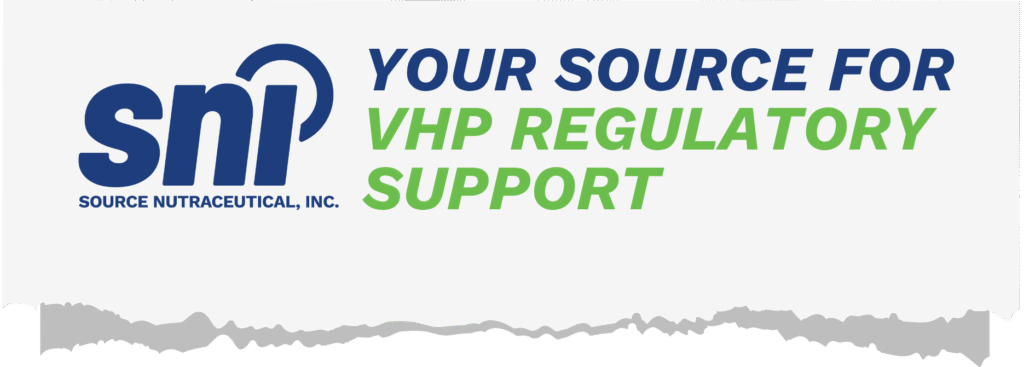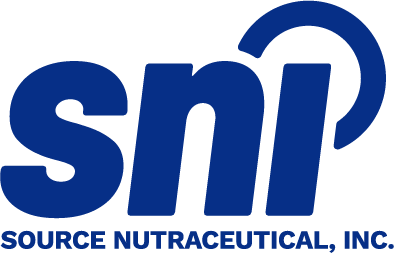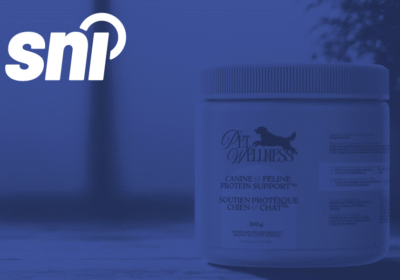
Veterinary Health Products (VHPs) are low-risk substances intended to maintain or promote animal health. In Canada, VHPs include vitamins, minerals, botanicals, and homeopathic preparations used for both companion and food-producing animals. As interest in natural health products grows, so too does the demand for a transparent regulatory framework. This article outlines how VHPs are regulated in Canada and what manufacturers, importers, and retailers need to know to ensure compliance.
What Are Veterinary Health Products?
Veterinary Health Products are substances designed to support general health and wellness in animals. They are not intended to diagnose, treat, or prevent disease. Common applications include:
- Supporting joint health
- Reducing stress and anxiety
- Enhancing digestion
- Improving skin and coat condition
These products are available in various forms, including tablets, powders, chews, sprays, and liquids, and are commonly used for dogs, cats, horses, cattle, poultry, and other animals.
VHPs are intended for use in situations where a veterinary prescription is not required but a safe, supportive product is still needed. They differ from veterinary drugs and feeds in both purpose and regulation.
Regulatory Oversight in Canada
Since the establishment of the Veterinary Health Products Notification Program in 2017, Health Canada has overseen the safety, quality, and labelling of VHPs. The regulatory framework ensures that only products meeting strict criteria reach the Canadian marketplace.
Key elements of the Canadian VHP regulatory system include:

- Pre-market notification: Companies must notify Health Canada prior to selling a VHP.
- Permitted ingredients: Only substances listed in Health Canada’s List of Permitted Substances may be used.
- Good Manufacturing Practices (GMPs): All products must be produced in safe, sanitary facilities.
- Clear labelling: Products must disclose all ingredients, usage instructions, and cautionary statements.
Once a product is successfully notified, Health Canada assigns it a Notification Number (NN). This number must be displayed prominently on the front panel of the product label, signalling to consumers and regulators that the product has undergone proper review.
The VHP Notification Pathway
The VHP Notification Pathway is a streamlined regulatory process developed by Health Canada for low-risk animal health products. It provides a faster, more cost-effective alternative to the full veterinary drug approval process.

Step 1: Confirm Ingredient, Intended Use, and Route of Administration
Start by verifying that all ingredients are on Health Canada’s List of Permitted Substances. Additionally, ensure the product’s intended use supports general health without therapeutic claims, and that the route of administration aligns with VHP guidelines. If any ingredient is unlisted or the use implies treatment of disease, the product may require approval through the veterinary drug pathway.

Step 2: Create an Account Before submitting a VHP notification, you must register for an account with Health Canada’s Veterinary Health Products Notification Program. This can be done either directly or through your external regulatory team. This account allows you to manage submissions.

Step 3: Ensure the Product Meets All Conditions
Notifiers must attest that the product is safe and supported by credible evidence, manufactured under Good Manufacturing Practices, and free of prohibited components like specified risk materials or nanomaterials.

Step 4: Submit the Notification Form
At least 30 days before your product goes to market, complete the online VHP Notification Form. This form must include details such as:
- Product ingredients, which must be on Health Canada’s List of Permitted Substances
- Intended use, target species, and route of administration
- Product label (must match exactly what is submitted)
- Manufacturing and safety assurances
- Canadian representative details, if the notifier is based outside Canada
If your product includes ingredients not currently approved, or if you wish to use an ingredient outside its approved scope (e.g., for a different species or use), you may need to submit a separate request to add or adjust the substance.

Step 5: Notification Review
After you submit your VHP Notification Form, Health Canada will assess whether the product meets all program requirements. This includes verifying ingredient eligibility, label accuracy, intended use, and manufacturing attestations. Only products that fully comply will move forward in the process.

Step 6: Receive Notification Number
If the product is approved, Health Canada will issue a Notification Number (NN), which must be included on the product label. The VHP will also be listed on the publicly accessible List of Notified Products, confirming it is authorized for sale in Canada.
Once notified, companies are responsible for:
- Notifying Health Canada of changes to formulation, labelling, or other relevant details
- Keeping product records up to date
- Reporting any adverse events
Selling VHPs in Canada
Businesses, whether Canadian or international, must meet regulatory obligations before marketing a VHP in Canada.

- Canadian Agent Requirement: Foreign companies must designate a Canadian agent to liaise with Health Canada.
- Notification Fee: As of 2025, the standard notification fee is approximately CAD $578, although reductions may be available for small businesses.
- Regulatory Review: Health Canada may request changes to product formulations or labels if safety or quality concerns are identified.
It is essential to classify the product correctly. For example, a dog vitamin may be classified as a VHP, but a product making drug-like claims (e.g., “treats arthritis”) may require a veterinary drug licence instead.
Correct classification avoids regulatory delays, fines, or product recalls.
Reporting Serious Adverse Reactions – Ongoing Market Surveillance

Notifiers are required to keep records and actively monitor any adverse reactions linked to their veterinary health products. If a serious adverse reaction occurs, whether in Canada or abroad, it must be reported to Health Canada within 15 calendar days of becoming aware of the event.
Timely reporting plays a vital role in protecting animal and public health. It allows Health Canada to detect uncommon or severe reactions, update safety information, issue warnings or advisories, and if necessary, remove unsafe products from the market.
For example, there have been cases where a notified supplement caused severe vomiting and lethargy in cats, which prompted the notifier to report the reaction. This helped Health Canada take appropriate safety actions to protect other animals.
Making Changes to Your Notified Veterinary Health Product (VHP)
When to Notify Health Canada
If you are the Notifier or their representative, you must notify Health Canada at least 30 days before making certain changes to your notified VHP. This helps keep product information accurate and compliant with regulations.
Types of Changes That Require Notification
You need to report changes such as:
- Brand name
- Manufacturer or importer contact details (name, mailing address, phone number, email)
- Dosage form of the product
- Lists of active and non-medicinal (excipient) ingredients
- Route of administration
- Animal species the product is intended for
- Recommended use or purpose of the product
Minor Changes Not Requiring a New Notification Number
Some updates are considered minor and can be reported without needing a new Notification Number (NN). These include changes to:
- Notifier contact information
- Package sizes
- Source or potency of ingredients
- Safety warnings, cautions, or contraindications
Health Canada will review these but will not issue a new NN.
Major Changes Requiring an Amended Notification Form
More significant changes require you to submit an amended Notification Form. These include changes to:
- Intended animal species
- Route of administration
- Dosage form or unit of measure
- Active ingredients or their quantities
- Recommended use, dosage, or duration of use
A new NN may be issued after Health Canada reviews these changes.
Stopping Sale of a VHP
If you decide to stop selling your VHP in Canada, you should inform Health Canada to keep records up to date.
Label Changes
If label updates are necessary, placing a new label over the old one is allowed during the transition. However, the new label must comply fully with all regulatory requirements to ensure clarity and accuracy.
Acceptable Claims for Veterinary Health Products (VHPs) – Marketing & Labelling

When marketing a VHP, it is important to ensure that all product claims follow Health Canada’s guidelines. VHPs are designed to support and maintain the general health and well-being of animals. They are not meant to treat, prevent, or cure diseases. Claims should highlight wellness benefits such as supporting joint health or maintaining a healthy coat, rather than therapeutic outcomes like treating osteoarthritis or curing infections.
General health claims are allowed if they are accurate, not misleading, and supported by appropriate evidence. For instance, a product may state it “helps maintain digestive balance” but cannot claim to “treat digestive issues.” Products based on traditional use, such as homeopathic or Traditional Chinese Medicine (TCM), can include specific claims if they reflect traditional practices and do not suggest disease treatment. Statements about the presence or absence of certain ingredients, potential side effects, or product comparisons must be supported by reliable evidence and presented clearly. Promotional terms like “safe,” “natural alternative,” or “non-toxic” should only be used if they are properly justified and not likely to mislead the user.
Final Remarks
Canada’s Veterinary Health Product (VHP) regulations provide a clear, science-based framework to ensure that natural, low-risk products supporting animal health are safe, effective, and transparently labelled. By requiring pre-market notification, strict ingredient controls, and ongoing monitoring, Health Canada balances innovation with animal welfare and public safety. Manufacturers and importers who understand and comply with these regulations can confidently bring quality VHPs to market, helping meet the growing demand for preventive and wellness-focused animal care.
As the animal health sector continues to grow and consumer interest in natural health solutions rises, staying informed about regulatory requirements is essential. Whether launching a new product, making changes to an existing one, or managing post-market surveillance, adherence to Health Canada’s guidelines ensures not only compliance but also trust and credibility in this evolving marketplace.

At SNI, we guide you through every step of the Veterinary Health Product (VHP) notification process in Canada. We help assess your product’s eligibility, ensure your ingredients meet Health Canada’s requirements, prepare compliant labels, and review health claims. We also provide GMP guidance, act as your Canadian representative if you’re located internationally, and offer ongoing compliance support to help you confidently bring your VHP to market and stay compliant.
Send us a request and one of our team members will follow up with you shortly:
Frequently Asked Questions
What qualifies as a Veterinary Health Product (VHP)?
A Veterinary Health Product is a low-risk drug, in dosage form, designed to support or maintain the health of animals. These products are intended for both companion animals and food-producing animals and include vitamins, minerals, probiotics, enzymes, and botanicals. They cannot make therapeutic claims, such as preventing or treating disease, and must contain only ingredients approved by Health Canada.
Is a Notification Number required before selling a VHP in Canada?
Yes. Companies intending to sell or distribute VHPs in Canada are required to notify Health Canada at least 30 days before the product enters the market. Once the product has been reviewed and accepted, a Notification Number (NN) is issued. This number confirms that the product complies with Canadian VHP regulations and must appear prominently on the product’s packaging.
What are the labelling and marketing requirements for VHPs?
Labels must clearly identify the product as a Veterinary Health Product in both English and French. They must list all active and inactive ingredients, directions for use, dosage information, cautions or warnings, lot number, expiry date, and contact information for the responsible party. Marketing materials are restricted to general health support claims and may not include language that implies the product can treat or cure specific health conditions.
Do companies need to follow Good Manufacturing Practices (GMP) and report safety issues?
Yes. All manufacturers, importers, and distributors of VHPs are required to follow Good Manufacturing Practices that ensure product safety, quality, and consistency. These standards are similar to those used for natural health products. In addition, companies must report any serious adverse reactions associated with their VHPs to Health Canada within the required timeframe.
What is the cost of submitting a VHP notification?
As of April 1, 2025, the government fee for submitting a Veterinary Health Product notification is $578.
✷ The content on this website, including information presented in this post, is provided for general informational purposes only and does not constitute legal, regulatory, or professional advice. While efforts are made to ensure accuracy, laws and regulations vary by jurisdiction and may change over time. Readers should not rely on this information as a substitute for advice from qualified legal or regulatory professionals. We disclaim any liability for actions taken based on this content, and users are encouraged to seek guidance specific to their circumstances.



